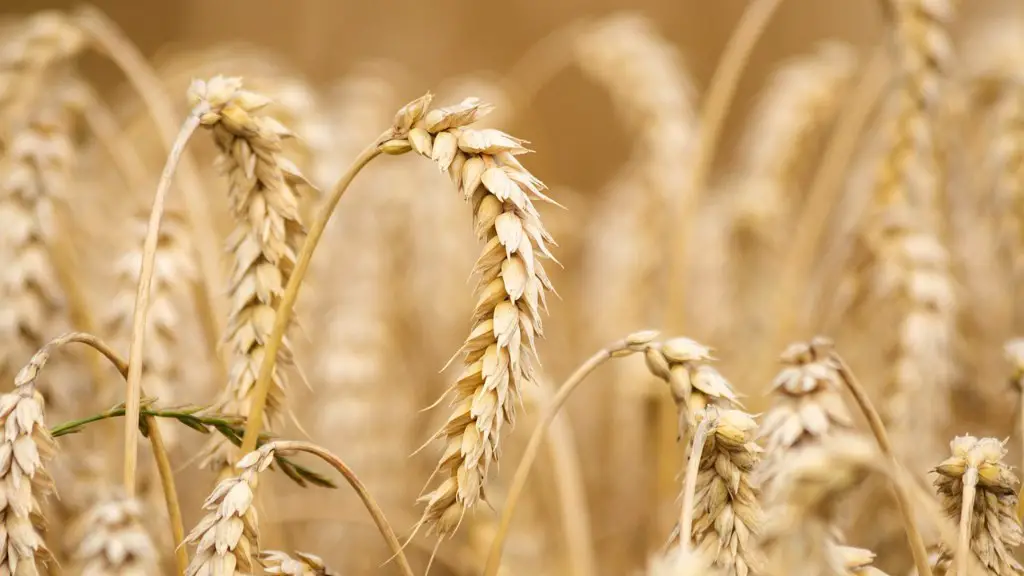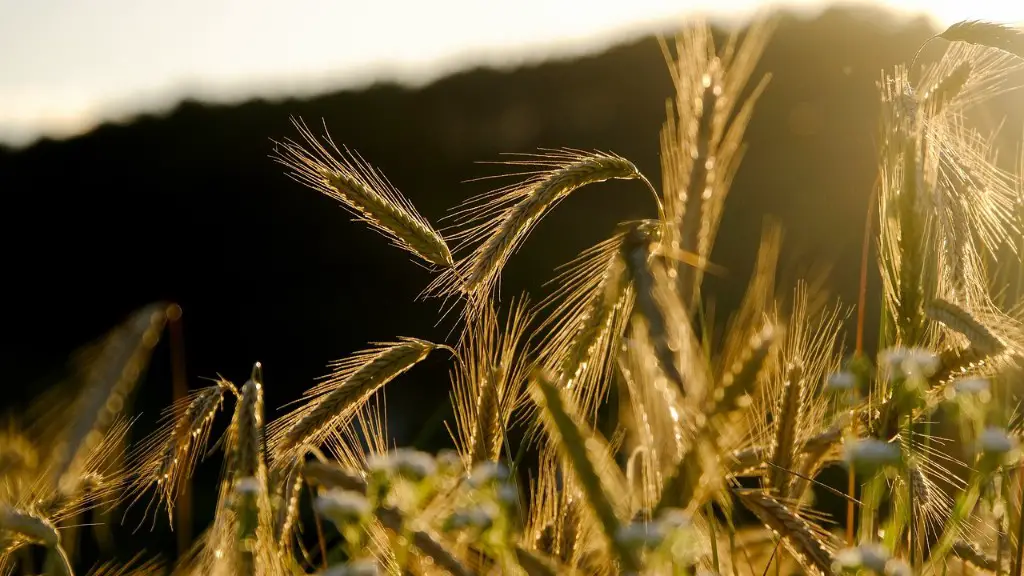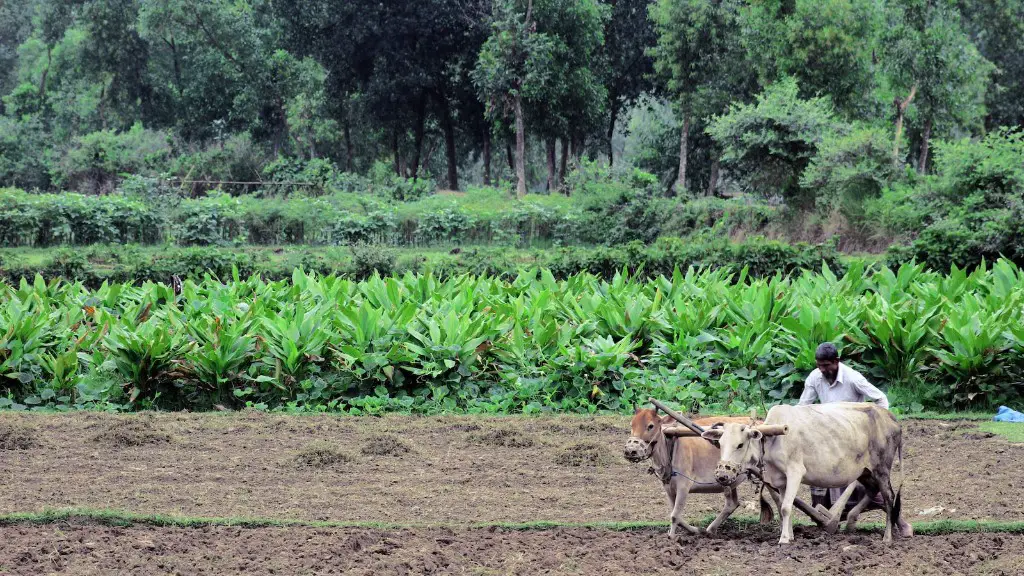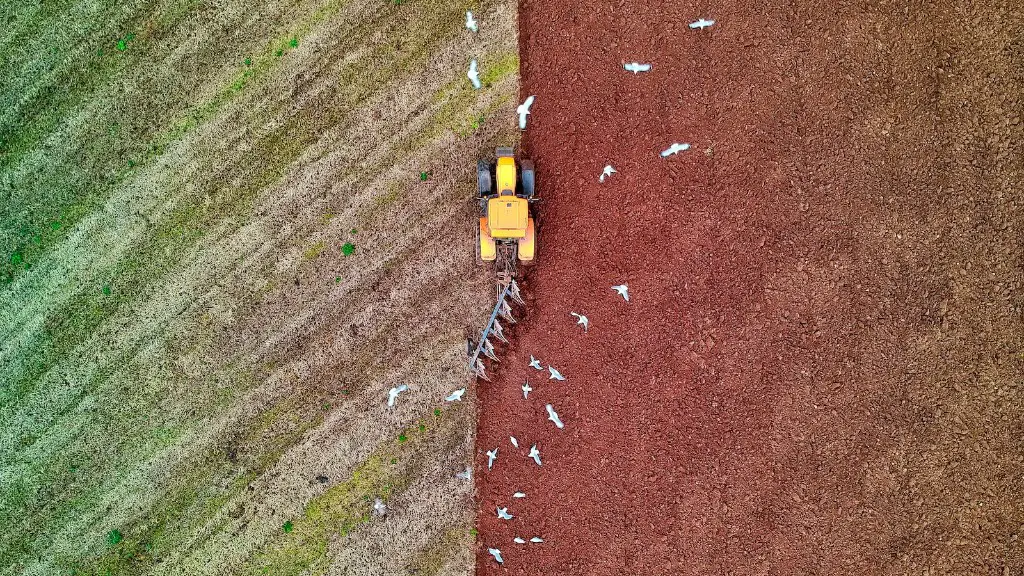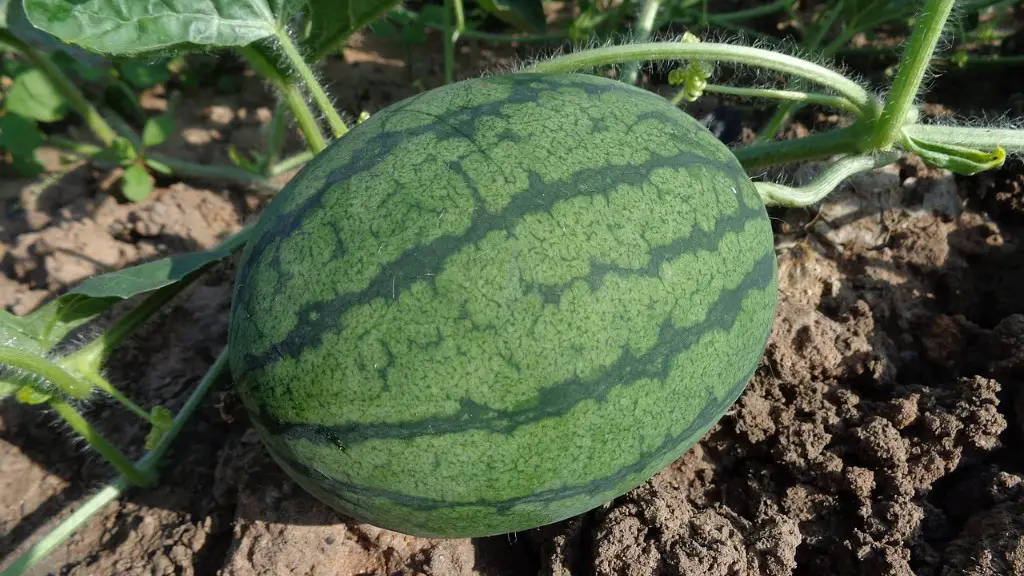Since the dawn of civilization, agriculture has been a cornerstone of human societies. Over the millennia, it has evolved and become more sophisticated as our understanding of the natural world has grown. Today, agriculture is a complex and vital sector that supports the livelihoods of billions of people around the globe. It plays a crucial role in food security and nutrition, economic development, and environmental protection. With the world population projected to reach 9.7 billion by 2050, the demand for food will only continue to grow. Agriculture will need to become more efficient and sustainable in order to meet this demand. New technologies, practices, and policies will need to be developed and implemented to ensure that agriculture can continue to feed the world while protecting our natural resources.
There are many ways that agriculture has improved over the years. One way is that crop yields have increased due to better methods of farming and the use of technology. This has helped to meet the growing demand for food, while also reducing the impact on the environment. Another way that agriculture has improved is through the development of new and more resilient crops. This has helped to ensure a stable food supply even in the face of extreme weather conditions or other challenges. Finally, the sector has become much more efficient in its use of inputs such as water and land, thanks to advances in technology and management practices.
What were ways agriculture improved?
The agriculture industry has experienced a radical transformation over the past 50 years. Advances in machinery have allowed for the expansion of the scale, speed, and productivity of farm equipment, resulting in more efficient cultivation of more land. Seed, irrigation, and fertilizers have also vastly improved, helping farmers increase yields.
The adoption of new technologies by farmers is driven by the need to increase efficiency and yield while reducing labor costs. Automated harvesters, drones, autonomous tractors, and other new technologies are helping farmers to achieve these goals.
What are some advancements in agriculture
Precision Agriculture:
Precision agriculture is a farming management concept based on observing, measuring and responding to inter and intra-field variability in crops. The goal of precision agriculture is to optimize returns on inputs by reducing wastage, improving efficiency and enhancing crop yields.
Industrial Automation:
Industrial automation is the use of control systems, robots and information technologies to minimize the need for human intervention and optimize production processes. Automation has been adopted extensively in agriculture, where it is used to improve efficiency, safety and quality while reducing costs.
Automated Irrigation Systems:
Automated irrigation systems are computer-controlled systems that manage the irrigation of crops based on data collected from weather and soil sensors. These systems can reduce water usage, lower energy costs and improve crop yields.
Remote Monitoring of Crops Using Sensors:
Remote monitoring of crops using sensors is a technology that allows farmers to collect data on crop conditions from a distance. This data can be used to optimize irrigation, pest management and other production practices.
Genetically Modified Crops:
Genetically modified crops are plants that have been created through the insertion of genes from other organisms. These crops are often designed to be resistant to herbicides or pests, or to
The development of agriculture about 12,000 years ago changed the way humans lived They switched from nomadic hunter-gatherer lifestyles to permanent settlements and farming. This allowed for the growth of civilizations and the advancement of technology. Agriculture also allowed for the domestication of plants and animals, which led to the development of trade and commerce.
What are 3 important inventions that improved agriculture?
The reaper was invented in the early 1800s and changed how farmers produced food. With this machine, farmers were able to harvest small grains much faster and more efficiently. The thresher was invented in the early 1900s and changed how farmers removed kernels from the straw. With this machine, farmers were able to thresh grain much faster and more efficiently. The steam engine was invented in the late 1800s and changed how farmers powered their machines. With this machine, farmers were able to power their machines with steam, which was much more efficient than using animals. The combine was invented in the early 1900s and changed how farmers harvested grain. With this machine, farmers were able to harvest grain much faster and more efficiently. The automobile was invented in the late 1800s and changed how farmers transported their goods. With this machine, farmers were able to transport their goods much faster and more efficiently. The tractor was invented in the early 1900s and changed how farmers plowed their fields. With this machine, farmers were able to plow their fields much faster and more efficiently. Hydraulics were invented in the early 1900s and changed how farmers lifted and moved heavy objects. With this technology, farmers were able to lift and move heavy objects much more easily.
Farmers have long used technology to improve their crops and livestock. In recent years, however, the use of technology has become even more important, as farmers strive to feed an ever-growing population with fewer resources.
The use of motorized equipment, modified housing for animals, and biotechnology has allowed farmers to increase production and improve efficiency. These technologies have made it possible for farmers to feed more people with less labor, making agriculture a more efficient and sustainable industry.
What are 4 ways to improve the agriculture?
Mark Jones is a agricultural economist and the author of “Thedependency dilemma: how developing countries trade their way out of poverty.” In his article, he discusses how to develop high-yield crops, boost irrigation, increase the use of fertilizers, and other ways to improve productivity in developing countries. He argues that these measures will help developing countries trade their way out of poverty.
In 1831, Cyrus McCormick invented the grain reaper. This allowed farmers to harvest their crops much more efficiently. In 1836, the grain combine was patented. This further increased the efficiency of harvesting grain. In 1837, John Deere began manufacturing plows. This allowed farmers to till their fields more efficiently. All of these inventions helped to increase the productivity of farms and led to the development of the modern agricultural industry.
Which is the latest and new technology in agriculture
There is a huge potential for integrating GIS software with GPS systems and agriculture satellite imagery in order to develop more precise and efficient farming methods. Drones and other aerial imagery can also be used to supplement data collection for GIS analysis. Farming software that includes online data analysis capabilities can be very helpful in optimizing production.
The Act provides the farmers the freedom of choice related to sale and purchase of produce Liberation from the Cess: The farmers will not be charged any cess or levy for sale of their produce under this Act Further there will be a separate dispute resolution mechanism for the farmers.
What are 3 of the advances made in American agriculture?
The 1840s were a decade of great advances in commercial farming. In 1842, the first grain elevator was used in Buffalo, New York. One year later, a practical mowing machine was patented. In 1847, irrigation began in Utah. And finally, in 1849, mixed chemical fertilizers were sold commercially. These advances made farming much more efficient and productive.
As water becomes an increasingly scarce resource, farmers are turning to more efficient methods of irrigation to ensure their crops remain healthy and productive. Drip irrigation, center pivot, and sprinkler systems are just a few of the options available to farmers today. Each has its own advantages and disadvantages, but all allow farmers to better control the amount of water their crops receive.
What is evolution in agriculture
Agricultural systems are constantly evolving to meet the demands of a ever-changing world. New technologies and techniques are constantly being developed to increase yield, improve quality, and reduce inputs. One of the key concepts in this field is evolutionary history.
The origin, geographic range, and genetic diversity of a species can have a profound effect on its long-term sustainability and yield. For example, a species that originated in a region with harsh winters is likely to be more resilient to cold weather than one from a tropical region. Likewise, a species with a wide geographic range is likely to be more adaptable to different climates than one with a narrow range. And finally, a species with high genetic diversity is likely to be more resistant to disease and pests than one with low genetic diversity.
Thus, by understanding the evolutionary history of a species, we can better predict its potential performance in agriculture. This knowledge can help us choose crop and livestock species that are more likely to be successful in the long-term, and help us design Agricultural systems that are more sustainable and productive.
The three farm laws were passed by the Parliament of India in September 2020. These laws have been controversial, with some farmers’ organizations seeking their repeal. The laws deregulate the agricultural sector of the economy, removing restrictions on interstate trade and contract farming. The government has argued that these reforms will benefit farmers by providing them with greater choice and better prices. However, many farmers are concerned that the laws will lead to the large-scale corporate takeover of the agricultural sector, and that they will be left worse off.
What are the recent trends in agriculture?
The most prevalent trend is the Internet of Things (IoT), which enables farmers to better monitor the needs of individual crops and animals. Automation in irrigation, farm machinery, and harvesting further ease farm operations while minimizing losses. Additionally, drones save time spent on crop scouting.
Land reforms are the first and most important step to improving farming productivity. By implementing land reforms, farmers can increase the amount of land they are able to farm, plant more densely, and plant a greater variety of crops. In addition, raised beds can help improve production, and smart water management can help reduce water waste. Heat tolerant varieties can also be used to improve productivity in hot climates. Finally, the use of nitrogen can help improve yields.
Warp Up
The Agricultural Revolution was a period of rapid agricultural development between the 18th century and the end of the 19th century. This period saw a massive increase in the productivity of agriculture, due to new technologies, improved techniques, and more efficient methods of farming. The Agricultural Revolution also saw a dramatic increase in the amount of food that could be produced, making it possible to feed a growing population.
agriculture has improved by leaps and bounds over the centuries. From early methods of simply clearing a field and planting seeds by hand, to the use of irrigation and mechanized equipment, farms are now able to produce vast quantities of food with relative ease. This increase in productivity has helped to feed the world’s growing population, and has allowed many people to escape the poverty and hunger that once plagued humanity. With continued advances in technology, it is likely that agriculture will continue to improve, making it an increasingly vital part of the global economy.
